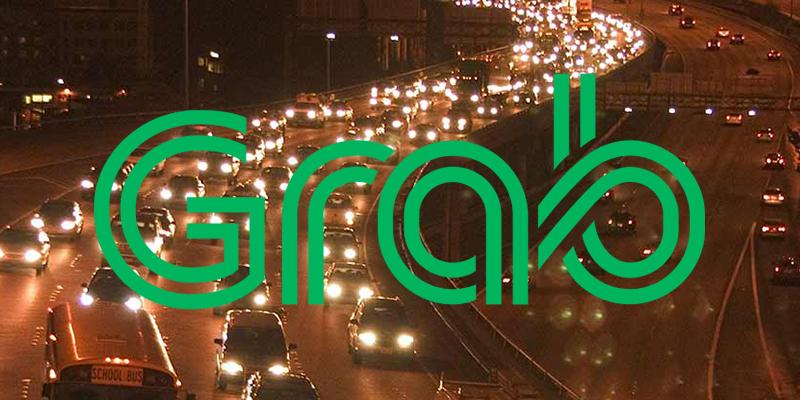Grab Philippines fares always include surge fees -PCIJ

Ride-hailing application Grab Philippines’ algorithm always included surge fees in computing fares and customers still endured lengthy wait times despite such fees, a recent report by the Philippine Center for Investigative Journalism (PCIJ) found.
According to the report, the surge multiplier averaged 1.51 times, with the lowest at 1.19 times, and the highest at 1.98 or nearly twice the per-kilometer and per-minute cost and the maximum rate allowed by the Land Transportation Franchising and Regulatory Board (LTFRB).
The PCIJ said it collected pricing information by trying to book rides for 10 routes across Metro Manila nearly every hour from 6 a.m. to midnight for one week in February. It also considered data from Grab’s Farefeed application programming interface (API) every 15 minutes.
It said its data gathering collected 1,328 data points from the Grab application and 6,720 through the fare check API, which were then compared and analyzed by the PCIJ team.
“Nearly two in three rides had a 'None’ surge notice in the API data, while the remaining rides were mostly ‘high surge’ with a few ‘low surge.’ This was inconsistent with what we found on the app where the surge fees were always added,” the PCIJ report read.
The PCIJ noted, however, that the data it collected represented “a small portion” of Grab’s data, but “offered useful insights into the inner workings of its algorithm.”
The same report noted that despite the surge fees being charged, this could have had “a minimal effect” as waiting times peaked for hours for select routes, while some routes had shorter waiting hours. PCIJ said statistical analyses did not yield conclusive results.
The report integrated the response of Grab Philippines on the matter, which said it “strictly follows” the fare matrix set by the LTFRB, and that the surge fees were determined by real-time conditions.
“The discrepancy in surge notice(s) may result from variations in demand and supply at times and locations. The ‘High,’ ‘Low,’ or ‘None’ indicators are dynamic and can change rapidly as the system continuously processes new data to maintain balance and efficiency,” said Grab in the report.
"It operates dynamically to ensure that fare adjustments reflect the real-time market conditions. Surge is not manually set, but run by a real-time algorithm,” it added.
The firm also noted that surge fees could become “prolonged” due to high demand, which it said was aimed at attracting more drivers to areas with more needs to cut down on wait times.
GMA News Online reached out to Grab for comment on the matter, but a statement was not immediately available.
To recall, the Philippine Competition Commission (PCC) in May 2023 slapped a P9-million fine on the transport network vehicle service (TNVS) provider, due to its failure to refund customers over three years after the reimbursement order.
This comes as the anti-trust watchdog ordered Grab to refund P5.05 million for overcharges, P14.15 million for violation of voluntary commitments in 2019, and P6.25 million due to pricing issues in 2020. — DVM, GMA Integrated News

Need a wellness break? Sign up for The Boost!
Stay up-to-date with the latest health and wellness reads.
Please enter a valid email address
Your email is safe with us






